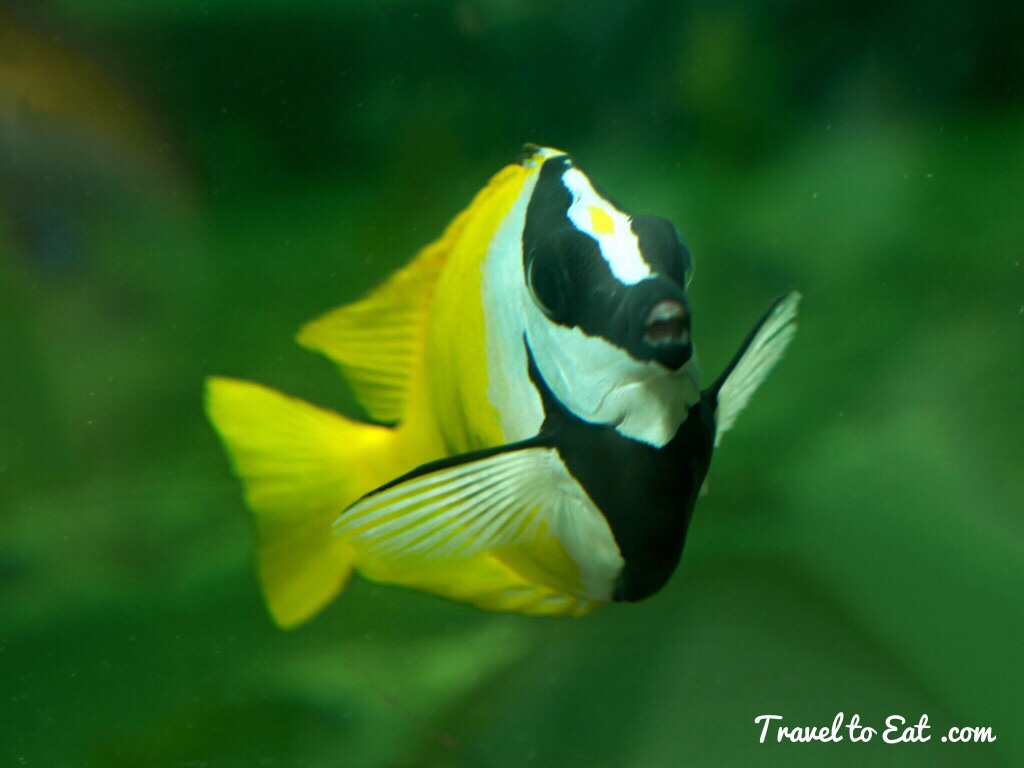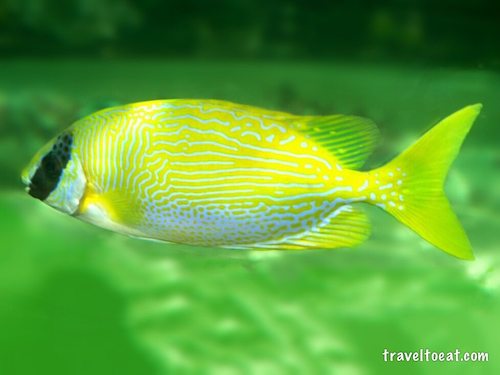
The genus Siganus, or Rabbitfish, is comprised of 26 or 27 species of fish and a couple of hybrids, depending on who you ask, all of which are commonly known as rabbitfishes also called spinefoots by some people. Rabbitfish, found in shallow lagoons, have small, hare-like mouths, large dark eyes, and a peaceful temperament. They are colorful, and have well developed, venomous dorsal and anal fin spines. Use caution when handling these fish, as the spines will inflict a painful sting. Also, while these fish are sometimes eaten, you can have hallucinations if not properly prepared. The largest rabbitfish grows to about 53 cm (21 in), but most species only reach between 25 and 35 cm (9.8 and 13.8 in). All have large, dark eyes and small, somewhat rabbit-like mouths, which gives them their name. Most species have either bright colors or a complex pattern. I decided to give them their own post because they are attractive and to keep the other posts a little shorter.
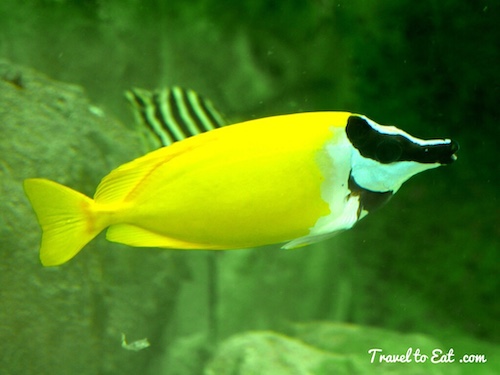
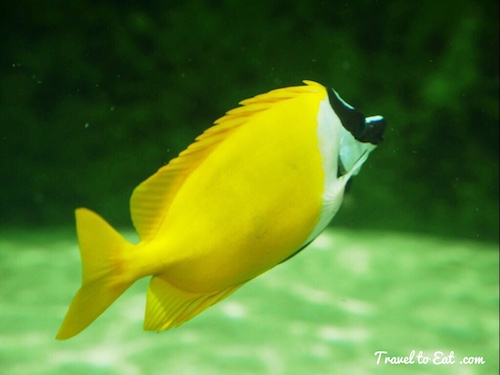
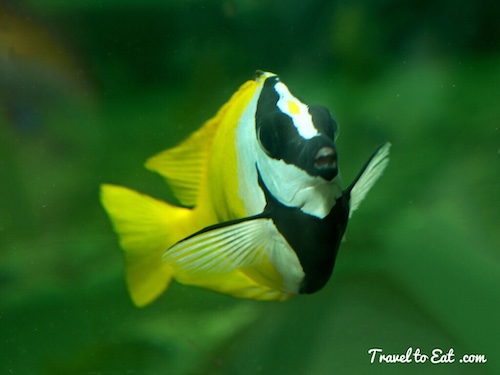
The Foxface Rabbitfish (Siganus vulpinus) is a popular pet for saltwater aquarium owners. It belongs to the rabbitfish family (Siganidae) and is sometimes still placed in the obsolete genus Lo. In nature, it is found in the western Pacific, mostly around coral reefs. They will sometimes live in schools, but many live solitary lives. Like many fish, this species is diurnal, so it is active during the day and hides in rocks to sleep at night. This fish is colored a bright yellow over most of its body, with black and white markings on the front part of its body. At night or when stressed, it will change to a mottled brown color for better camouflage since it is more vulnerable at this time. The mottled brown coloration helps it to hide amongst similarly colored rocks and sand.
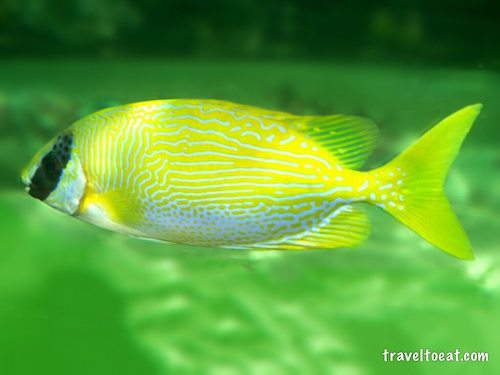
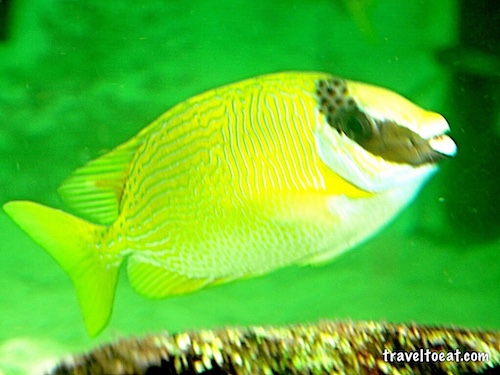

The Masked Spinefoot (Siganus puellus), also known as decorated rabbitfish or masked rabbitfish, occurs in shallow, coral-rich areas of clear lagoons and seaward reefs of the Indo-West Pacific region at depths of 10 to 100 feet. Its body is yellow-orange dorsally grading through pale blue to white below. The body is also covered with wavy blue lines that are vertical anteriorly and horizontal posteriorly. The eyes are masked by a prominent blackish stripe that extends from the bottom of the mouth to the top of the head. As the black stripe passes the eye it becomes spotted. The species grows to 38 cm (15 inches) in length.
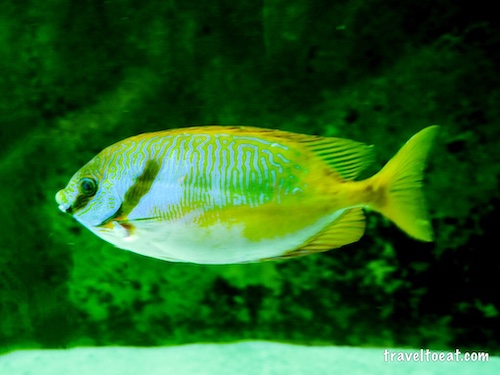
The Blue-Lined Rabbitfish (Siganus doliatus) has a lot of common names, typically being called the blue-lined rabbitfish, but also going by the names scribbled rabbitfish, pencil-streaked rabbitfish, two-barred rabbitfish, and barred spinefoot. They can reach a maximum length of almost ten inches, but like the first three species above, they’re most commonly less than eight. It can be found in the Indo-Malayan area and from Australia and Tonga north to Palau and Kosrae. Juveniles do form schools, typically in seagrass areas, and they pair up at a relatively small size. However, they may still travel in loose schools, oftentimes with other fishes, such as S. puellus, until they’re full-sized at which time they stop schooling and live as isolated pairs. Adults are typically found in deep reef lagoons and along drop-offs at reef edges.
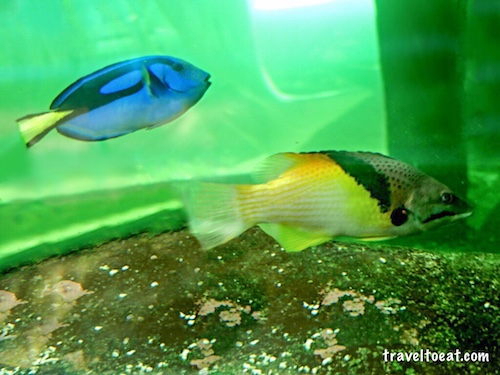
This fish pictured above I have not been able to identify. The tail end of the fish looks like a rabbitfish but I have not thus far connected it with a name. It looks a little like a Bicolor Foxface (Siganus uspi)but the mouth looks like a grouper or a grunt. If you know the name or if you just liked the post, please leave a comment.
[mappress mapid=”106″]
References:
Rabbitfish: http://www.advancedaquarist.com/2013/8/fish2
Signanus Species: http://www.fishbase.org/identification/SpeciesList.php?genus=Siganus

